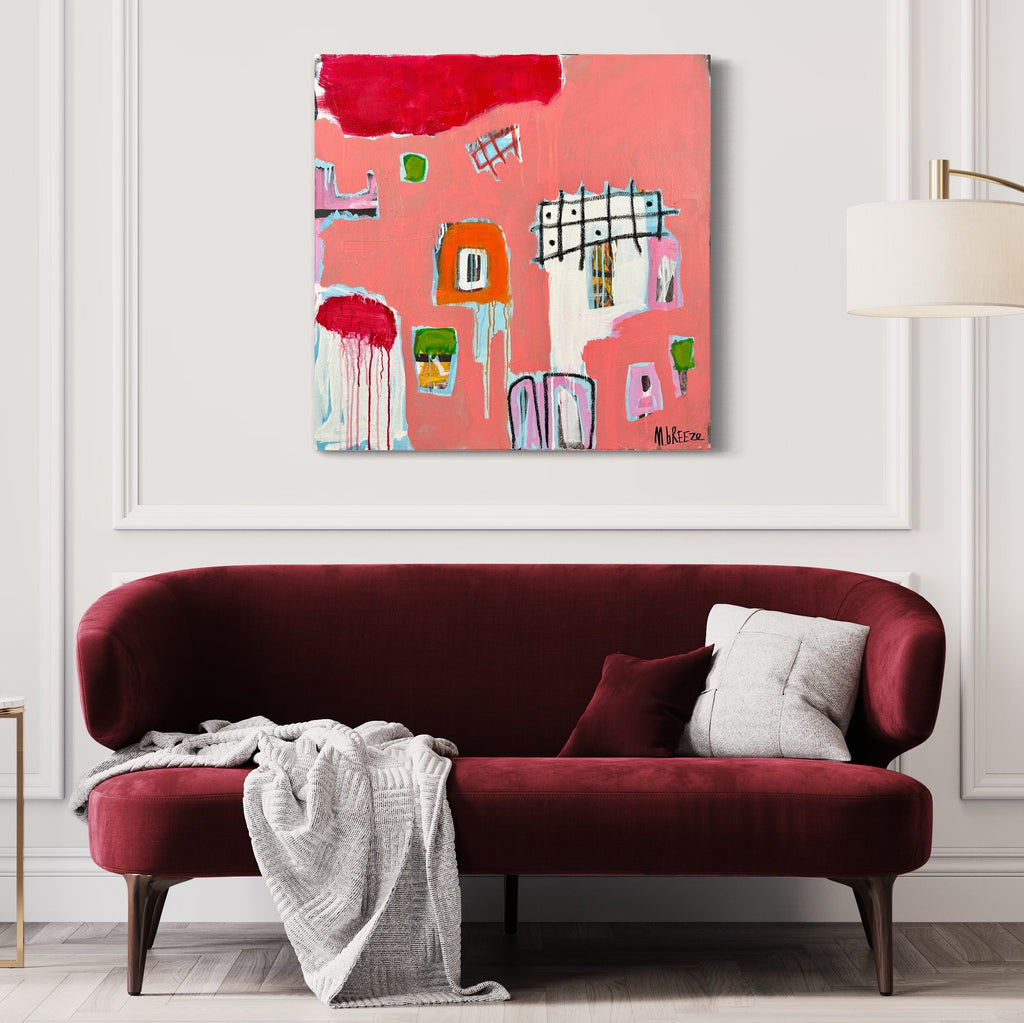For many artists, the question of whether to seek gallery representation or build an independent career is a pivotal one. Both paths offer advantages and challenges, and the right choice depends on your goals, artistic vision, and business acumen.
The Case for Gallery Representation
Traditionally, galleries have been the gatekeepers of the art world. Being represented by a gallery can provide several benefits:
-
Credibility & Prestige – A gallery’s endorsement can lend weight to your work and help establish your reputation in the art world.
-
Access to Collectors – Galleries have established networks of collectors who trust their curatorial judgment.
-
Marketing & Sales – They handle promotions, exhibitions, and client interactions, allowing you to focus on creating.
-
Institutional Opportunities – Gallery representation can open doors to museum exhibitions, art fairs, and publications that might be harder to access on your own.
However, gallery representation also comes with trade-offs:
-
Commission Cuts – Galleries typically take 40-50% of sales, which can significantly reduce your earnings.
-
Less Control – You may have less say over pricing, branding, and how your work is marketed.
-
Limited Audience – While galleries have their networks, they might not prioritize digital marketing or broader audience engagement, limiting your reach.
The Case for Going It Alone
Many contemporary artists are choosing to bypass traditional gallery models in favor of a direct-to-collector approach. This path offers several advantages:
-
Full Control – You dictate your pricing, branding, and marketing strategy.
-
Higher Profit Margins – Without gallery commissions, you keep 100% of your sales.
-
Direct Relationships with Collectors – Engaging directly with buyers can foster loyalty and repeat sales.
-
Greater Flexibility – You can explore multiple income streams, such as commissions, prints, licensing, or social media monetization.
That said, being an independent artist also has challenges:
-
Time-Consuming – You must handle all aspects of your business, from marketing to logistics.
-
Harder to Build Credibility – Without gallery backing, you may need to work harder to establish trust and prestige.
-
Marketing & Sales Pressure – You’re responsible for finding and converting buyers, which can be overwhelming if you’re not business-savvy.
Finding a Hybrid Approach
The good news is that you don’t have to choose just one path. Many artists blend gallery representation with an independent approach. For example, you might work with select galleries while also selling directly through your website and social media. This hybrid model allows you to benefit from gallery prestige while maintaining financial independence.
Final Thoughts
Ultimately, the right path depends on your priorities. If you value the prestige, network, and support that galleries offer, representation may be the way to go. If you crave autonomy, financial control, and direct engagement with your audience, an independent route could be more fulfilling.
Whichever path you choose, the key is to stay true to your artistic vision and build a career that aligns with your values and goals.

